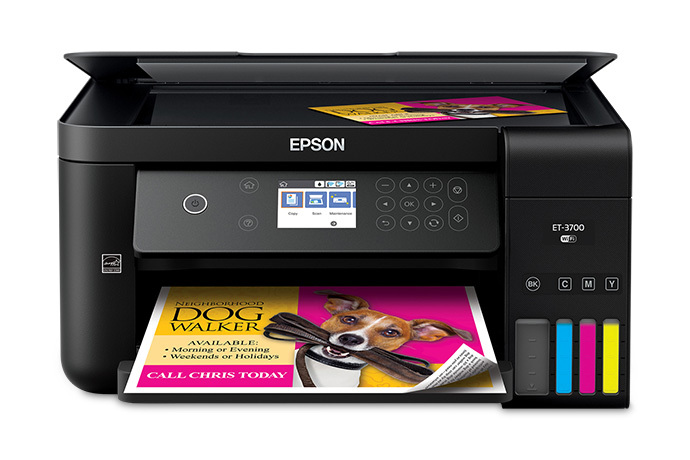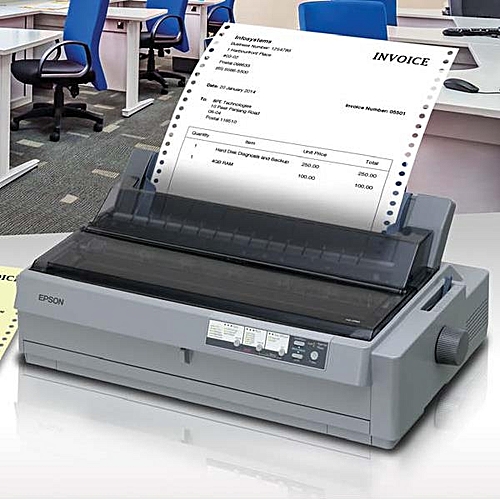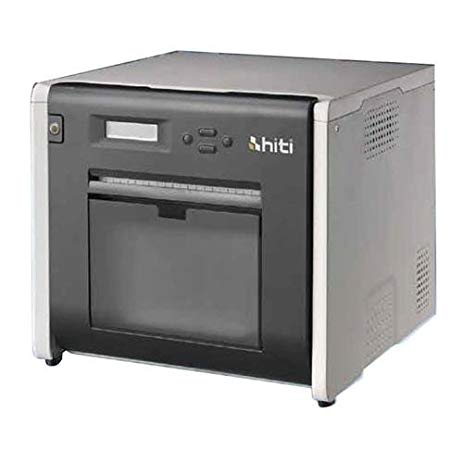Printers are useful in almost every aspect: at home, at school and at work. So what do you do when you want to buy a printer. This guide takes you through what is vital when buying a printer in Uganda.
What is a printer?
A printer is a device that accepts text and graphic output from a computer and transfers the information to paper, usually to standard size sheets of paper. The laser printer uses a laser beam reflected from a mirror to attract ink (called toner ) to selected paper areas as a sheet rolls over a drum
Types of Printers
Ink jet and bubble jet. With this type of printer, the print head sprays drops of liquid ink onto the page. Ink jet and bubble jet printers have good image quality and are fast; however, printouts have a tendency to smear if they get wet. EPSON Inkjet printer Laserjet: These work in a manner similar to a photocopier. A roller is charged with electricity, and a laser is used to remove the charge from portions of the roller. Powdered ink also known as toner sticks to the parts of the roller that were hit by the laser and is transferred from the roller to the paper. Then the ink is baked into the paper using a heater. Laser printers produce very high quality output and are very fast. HP laserjet printer Dot-matrix (impact) In a dot-matrix printer, a print head moves across the page. Characters or graphics are created by using a cluster of pins. These pins press an inked ribbon to the paper to create a dot. Each character or image is made out of a series of dots. These printers are usually cheap and durable, so they are still used by many businesses as invoice printers. They tend to be slow and noisy, and the output quality is the lowest of all types of printers. EPSON Dot matrix printer Dye diffusion thermal transfer Also known as thermal dye sublimation, dye sub, or thermal dye transfer, this is a process used by color printers. A colored wax film or crayon is moved across the page. The pigment is heated and deposited on the page. The paper frequently goes through the printer four times, one time for each color. HiTi Dye diffusion transfer printer
Qualities of a good printer
Compatibility. When you are buying a printer, make sure it comes with the right drivers that are compatible with your computer and its operating system. Printers need driver software to communicate with your application software. It must also be able to connect to your office LAN or through wireless means. Replacement ink. Funny as it may sound, cheap printers use expensive ink cartridges. If you buy any with the most affordable price tag, you will end up spending a fortune in the long run. Within the first year of use, the total cost of the cartridges will have surpassed the amount you paid for your printer. Ask about the cost of replacement before you make a purchase to know what to expect when the printer runs out of original cartridges. Another factor that you must consider is the availability of the ink, as some printer manufacturers require that you purchase it directly from them. Paper handling. A good printer must be capable of handling all your paper needs, and it should be expandable to accommodate ensuing growth. Some business printers have a standard input capacity of fewer than 200 pages. While this may work well for a small medium company, it will be insufficient for a large corporation. Speed. It is important to know the number of pages or photos per minute a printer is capable of producing. Printer companies refer to printer’s speed as PPM, an abbreviation of pages per minute. PPM depends on factors such as if the document is white, black, color, full page or text only. So if you plan on printing a lot of color photos, check the printer’s photo printing speed, to make sure you get the most suitable one. Good print quality. Print quality is determined by dots per inch, abbreviated as DPI. A printer with a high DPI will deliver a clearer picture. If you need a good quality printer to bring your photos to life, look for one that offers that glossy look and enhanced color reproduction. Related Article: 10 common reasons your printer isn’t working
Preparation to buy
Here, you are basically putting together all the necessary information required to help you acquire a good printer.
List your needs. What work do you want done and how do you want it done. Understand the requirements in terms of what particular type can suit your needs. Consider availability of affordable ink for your printer for replacement when the ink is done. Consider the printing resolution required. Check paper type and size abilities of the printer Check online for reviews and recommendations.
Choosing a Printer
This is a stage where the choice of printer is made. Follow the following directions.
Determine your operating system and what printer manufacturers support your operating system. Check your finances and make sure you buy the best affordable one available. Look at the features like wireless printing among others and make a decision depending on your needs.
Understanding Print Quality
Print quality refers to the quality of the hard copy or printout produced by a printer. There are various factors that influence print quality and these are: Accuracy of the reproduction of the source material; which is influenced by the quality and type of paper used and by the specifications of the printer such as the dots per inch (DPI), the print-head capability and the type and quality of ink/toner used. If a printer has a lower DPI capability compared to the source image, the printed image becomes a down-scaled version in terms of resolution, although this is usually not an issue for regular printing at small size prints but would make a bigger impact on poster printing and larger formats. Driver of the printer and the ink or toner used. The printer driver transforms the source image into a set of instructions for the printer to follow, which determines where it places each dot on the page and what color to use. If the instructions are wrong, then the printout would definitely be wrong. Faulty printer driver programming is often the reason why printers sometimes display artifacts in the printed image. Printers in Uganda range from 250,000 UGX to 5,000,000 UGX depending on brand, type and quality. They can be purchased online and in various computer shops.







